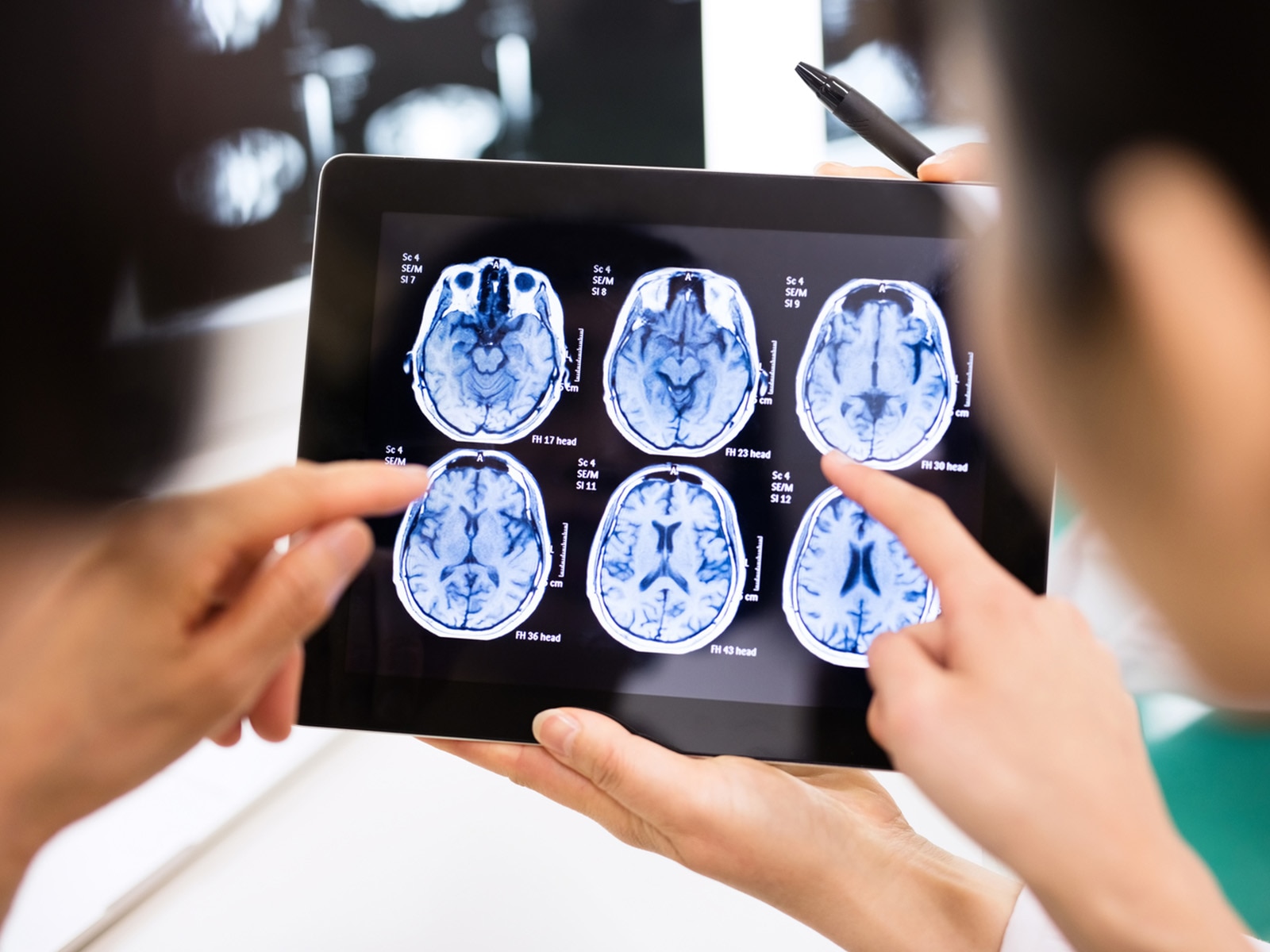For clinical outcomes, AI analytics provides a faster, more in-depth examination of information without the risk of human error (for example, detecting tumors or precursors for disease). In turn, physicians and surgeons can leverage these results into better treatment options that can translate to improved outcomes. The processing power of AI isn’t limited to a case-by-case basis; it can take information from across the globe and uncover actionable insights that can lead to life-saving care and medical innovation. During the COVID-19 pandemic, for example, AI could be used to analyze new variants and create new, effective treatments faster than human-based research and assessment. In the past, AI has been essential for gene mapping and other pioneering genetics work.
For operational efficiencies, AI can identify opportunities to streamline processes, including surgery, and make them more productive. In turn, AI informs better decision-making by giving IT and medical administrators better visibility that can proactively avoid mistakes, resolve issues, and lower operating costs. Similar to improving patient medical outcomes, AI can improve how medical professionals and caregivers deliver care by having faster access to more patient records or finding more efficient ways to manage patient care. With help from NPL, AI can even comb clinical notes (i.e., unstructured data), classify them, and use them to optimize clinical processes.
AI also helps medical organizations stay in compliance with enhanced security and safety. In addition to mitigating fraudulent access to private medical information, AI enables intelligent video analytics (IVA), letting staff members monitor their facilities and patients. Using IVA and smart sensors, smart hospitals can recognize objects such as medical equipment and face coverings.
Identify and match the faces of doctors and patients, and even detect elevated body temperatures. These inputs are used to determine high-risk individuals and create actionable outcomes.


